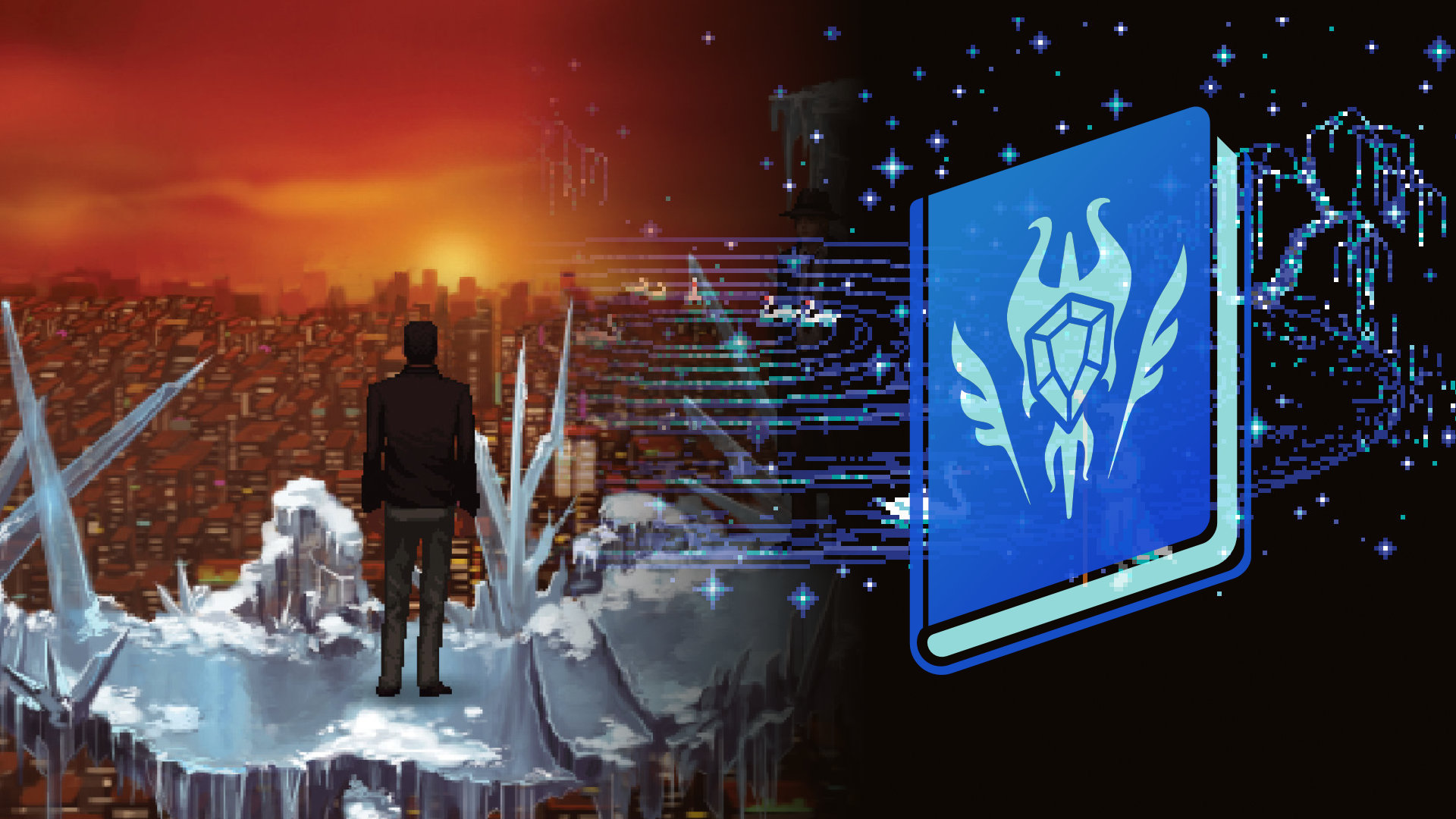Last year at around this time, RPGFan Chapters was bringing you previews and a review for Bitmap Books’ A Guide to Japanese Role-Playing Games, a new release extremely relevant and dear to us here at RPGFan. Now, we have sudden announcements that Ron Gilbert is working on a new Monkey Island game (!!) and it’s apparent that this is an ideal time to cover the upcoming Third Edition of another lovely Bitmap work: The Art of Point and Click Adventure Games. Seeing this amount of amazing art in one place and the rich variety of titles presented, it’s easy to see why this type of game got so unilaterally popular at one point in time and why we continue to return to it now. Get ready to click everything in your inventory on everything else, and let’s take a look at the fantastic and beautiful pixel worlds this genre created and what this book offers to fans and newcomers alike.
The term “Point and Click Adventure” implies a point-and-click interface where you aim the mouse to move and interact with the environment, but The Art of Point and Click Adventure Games is careful to cover the whole trajectory of this genre and include the text-parser adventure predecessors and some newer games that have further developed the formula. Games are arranged chronologically, starting in 1984 and covering titles all the way through 2021. It’s important to note that this is not strictly an art book: it’s also full of in-depth and sometimes lengthy interviews from industry shapers such as Tim Schafer, Ron Gilbert, and Ken Williams. The sheer volume of information in the interviews is impressive, and they’re interspersed among art from the interviewee’s work to add valuable context to the art collection.
First Edition:
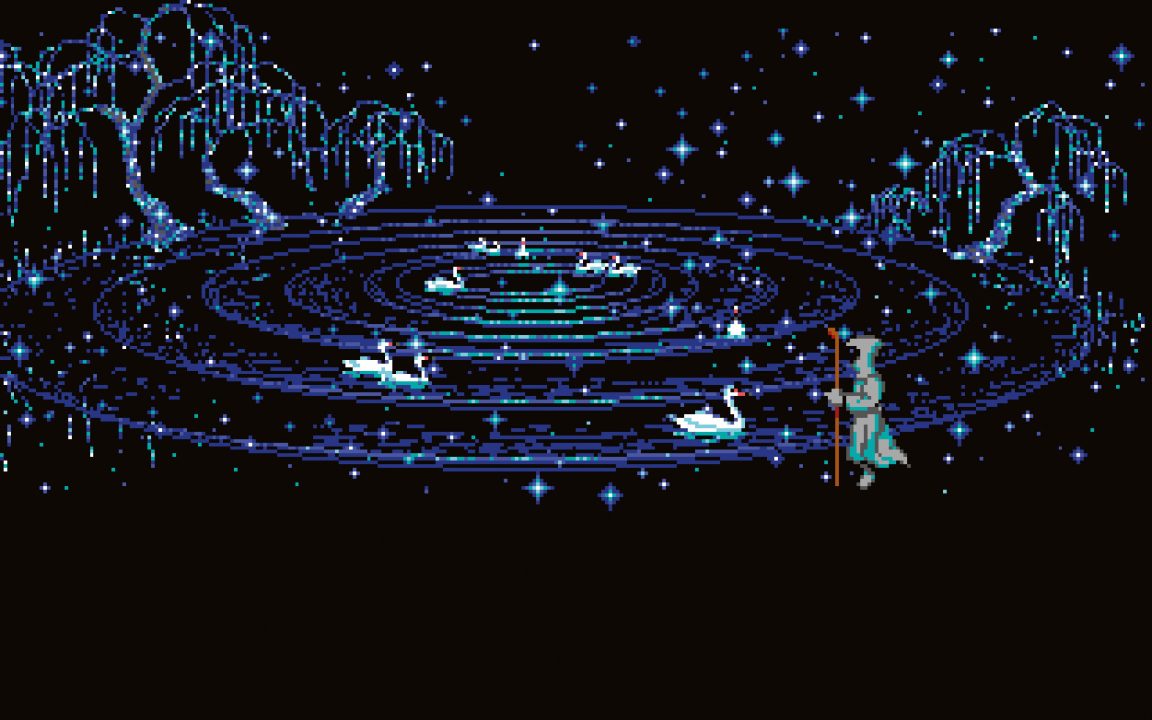
My personal favorite example from the first edition is Loom, a lesser-known LucasArts game with eerily beautiful artwork and unique musical game elements. I knew of it because of the character in The Secret of Monkey Island wearing the “Ask Me About Loom” badge but, well, I never really…asked about it. Thankfully, The Art of Point and Click Adventure Games rectified this problem and provided me with an art collection that gave an aesthetic sense of the game, but beyond that, an interview with creator Brian Moriarty that covers everything from his connection with Infocom and early text adventures to his creative process at LucasArts and how it felt to walk Steven Spielberg through some of the game’s puzzles. There are hundreds of pages in all to explore and get lost in.
The Art of Point and Click Adventure Games‘ first edition contained an impressive amount of exclusive and detailed information, but the second edition adds an additional 40 pages, including the Quest for Glory series. This series is worth noting for RPG fans because of its stat-building system and action RPG battle elements. It spans five games and, as mentioned in their interview, they are currently working on new games in that universe, continuing their genre-blending by adding an equipment system and experimenting with visual novel elements and a shorter game format. And yes, they were interviewed together because they work as a team.
Second Edition:
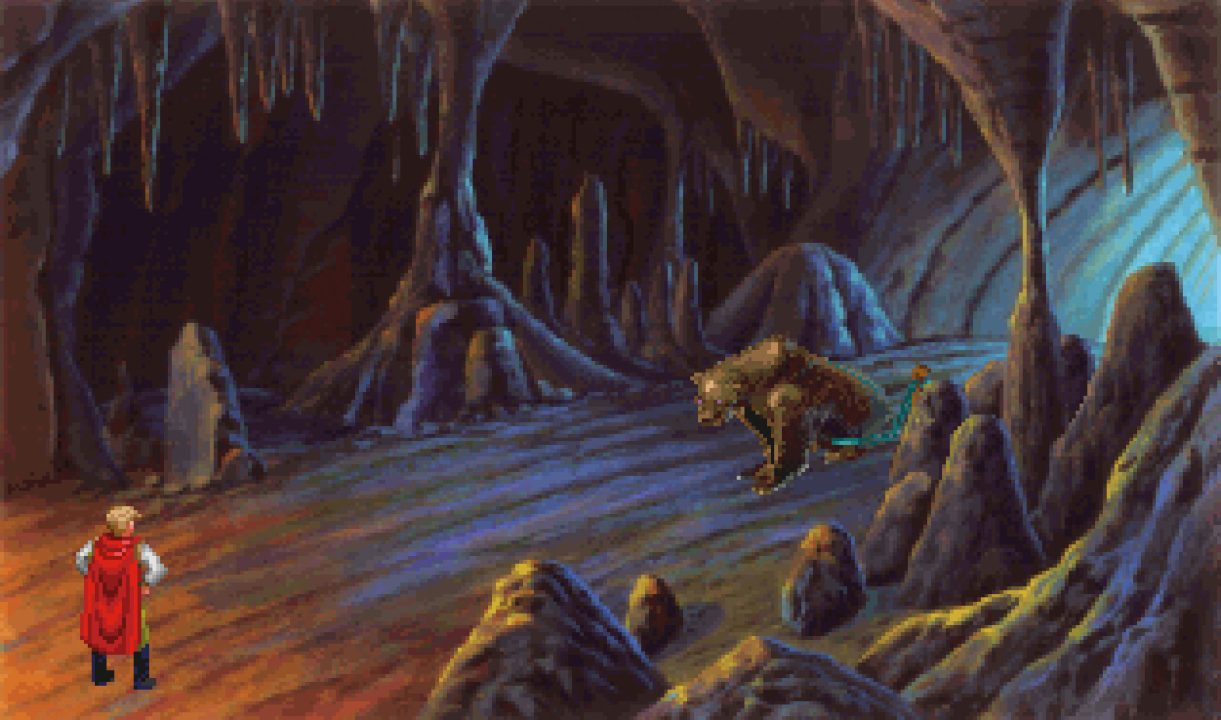
The Quest for Glory series was a Sierra project existing alongside King’s Quest, another famous fantasy-themed point-and-click series, albeit one more in the romantic/fairytale vein. Because King’s Quest is one of the most recognizable point-and-click series, there were questions about the Coles’ time at Sierra in their interview:
With the original Quest for Glory game, what were some of the ways you tried to approach the project to make it feel different from Roberta Williams’ King’s Quest series?
We wanted to make a game that would appeal to both adventure game and CRPG players. At the time, these were thought to be completely separate audiences and that neither would play a cross-genre game. Our original proposal emphasised both the similarities and differences of Hero’s Quest to Sierra’s other adventure games.
We took some cues from tabletop gaming – the game would centre around characters, story and setting, rather than on numbers and twenty types of polearm … We wanted to have a variety of locations but decided to start with a familiar Western European medieval fantasy setting. We called the town Spielburg (which translates as ‘game town’ or ‘play town’) and used a few other German words to help immerse players in the world. As for differences, the main one was making RPG-style combat an important part of the game. We made it real-time – rather than the more common (at the time) turn-based combat – to increase the sense of tension and involvement.
Many older adventure games have more conventional fantasy settings (though LucasArts especially has been known to subvert expectations), but several more recent games have branched out and incorporated a wider variety of stories and settings or made changes to the expected point-and-click gameplay format. This is where the third edition of The Art of Point and Click Adventure Games is of particular interest. It captures this trajectory well. Bitmap shows their commitment by adding some influential but less recognizable series like Syberia. This title is a new addition in the third edition: less well-known except among genre fans but worthy of inclusion, especially with its recent console release. The additions do more than simply add more recent games.
More than that, the new interviews evoke a sense of purpose and timelessness by covering newer creators’ thoughts and experiences with earlier games and adding interviews with creators whose endeavors with early giants like LucasArts set the foundation for them to assume leadership positions at companies where they have been able to preserve and iterate on important point-and-click game concepts.
Third Edition Preview and Highlights:
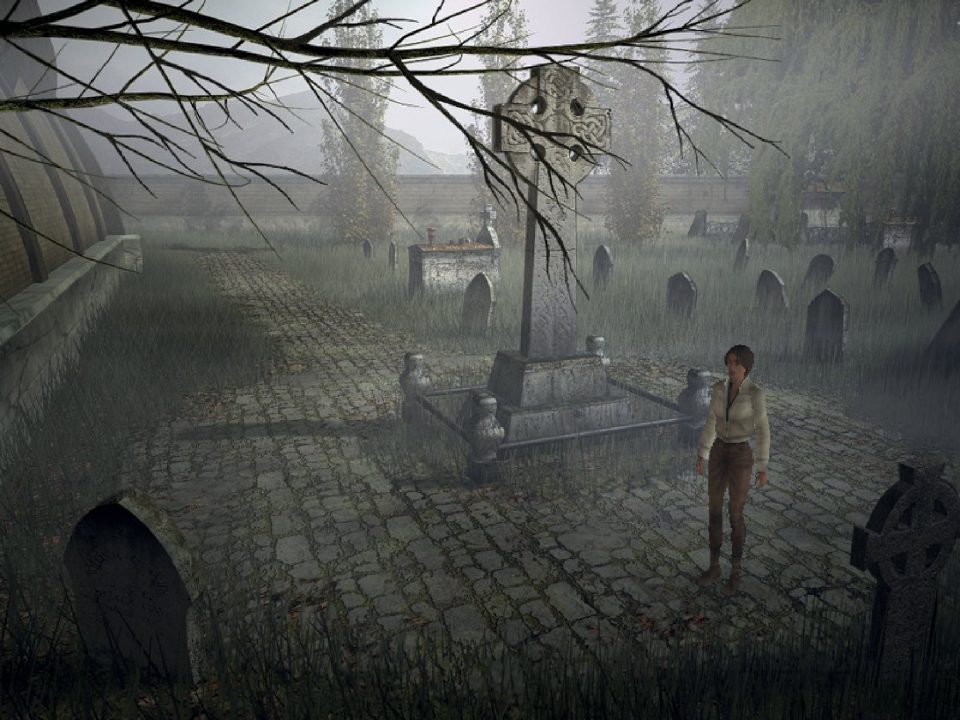
One of the new interviews is with Dave Gilbert, the mind behind Wadjet Eye Games and titles like the Blackwell series, futuristic titles like Gemini Rue and Resonance, and most recently, the dark urban fantasy Unavowed. He discusses his creative process and, notably, how part of the inspiration for Unavowed was “BioWare-style narrative without the combat.” However, the questions focused on his role directing and developing games as the head of Wadjet Eye are striking, as is the discussion of his upcoming title. This future focus is end-capped with speculative questions: one about the past and if point-and-clicks are timeless, and another asking if people may see Wadjet Eye’s games through the same nostalgic lens as earlier, formative point-and-click titles. The excerpts below show the range of this interview with three representative questions.
What were the inspirations behind your most recent self-penned adventure, Unavowed, which has also been a well-deserved critical and commercial success for you? There were a couple of things that inspired it. One was a BioWare writer named Jennifer Hepler who gave an interview in which she said that she wanted to skip the combat in the BioWare RPGs so she could get to the narrative stuff.
I remember thinking at the time that sounded like the point-and-click adventure game of my dreams! And I wanted to do a game with that BioWare narrative structure (as in Mass Effect or Dragon Age) in which you pick your party, you go out, and depending on who you bring with you, things can be different. I wanted your character selection to change how you solved puzzles because they each have different abilities or different points of knowledge. And I had recently gotten into the Dresden Files fantasy novels, and wanted to make something like that. A lot of Unavowed is kind of an homage to The Dresden Files, with stuff like the DC Hellblazer comics, the World of Darkness role-playing games, a bit of Buffy, and lot of urban fantasy stuff sprinkled in. It was a game that I always wanted to make, and one I always wanted to play, but no one had made it. So, I decided to make that game!
What can you tell us about your recently announced upcoming adventure, Old Skies? What started it was I was going through some writer’s block and decided to enter this Adventure Jam competition anonymously. I had been experimenting with Adventure Creator and 3D tools to try to make a game. I had this character, and I just threw some pre-bought costumes onto her. She looked kind of ridiculous: it was this jumpsuit with metal on it. I’m like, “She looks like she’s a time-traveller … this game should be about a time-travel.” It was called Old Skies. She’s time-travelling and she looks up at the sky at one point and she’s looking at an older sky, I guess. And I thought, maybe I can turn this into a full game. We tried doing the 3D thing; that didn’t work out. So we decided we’d go to 2D instead. But basically, it’s a series of missions in a world where time-travel exists and is used for corporate commercial purposes. Clients hire you to go into the past to observe something, re-experience something, or change something very small. You work for this agency, and you accompany them to make sure nothing ever goes wrong. Naturally, nothing ever does. That’s a lie, a lot of things go wrong, and you have to put them right …
The reason why this took so long to get off the ground is because of the major temptation when doing a time-travel story to get really clever. I’m trying to not to – that way lies madness. But with the main characters, if time changes, they’re aware of it. History is constantly being re-written around them. In the first scene of the game, she’s hitting on a guy at a bar and it’s going very well, then he disappears from existence because he hasn’t been born, all of a sudden. She’s like, “Oh well, so much for that.” Things are constantly changing. The colours of the backgrounds will change, stuff like that. So how do you handle life where nothing is permanent? How do you make your mark on a world where nothing stays? That’s sort of the theme of where I’m going with it.
Talking of nostalgia, why do you think people are still playing classics like Monkey Island, Sam & Max, King’s Quest and Gabriel Knight, and do you think there is a timelessness to point-and-click adventure games? The thing is I’m very kind of anti-nostalgia. I think it’s great to like those old games. I still like those old games. Some of them are less dated than others. I think it’s great to be inspired by them. We’re all inspired by what came before us. But good stories are good stories, no matter what medium they’re in. If they’re in a point-and-click adventure, if they’re in a play, or if they’re in a book or a comic, whatever. A good story will out. The lasting appeal of a lot of games is that the stories are good, and the characters are strong. People connected to them in ways that even the creators probably didn’t foresee. Often, when I think of Monkey Island, I don’t think of the individual puzzles so much. I think of the characters. With Sierra games, the same thing. I remember characters. I remember moments of triumph. Those are what become timeless.
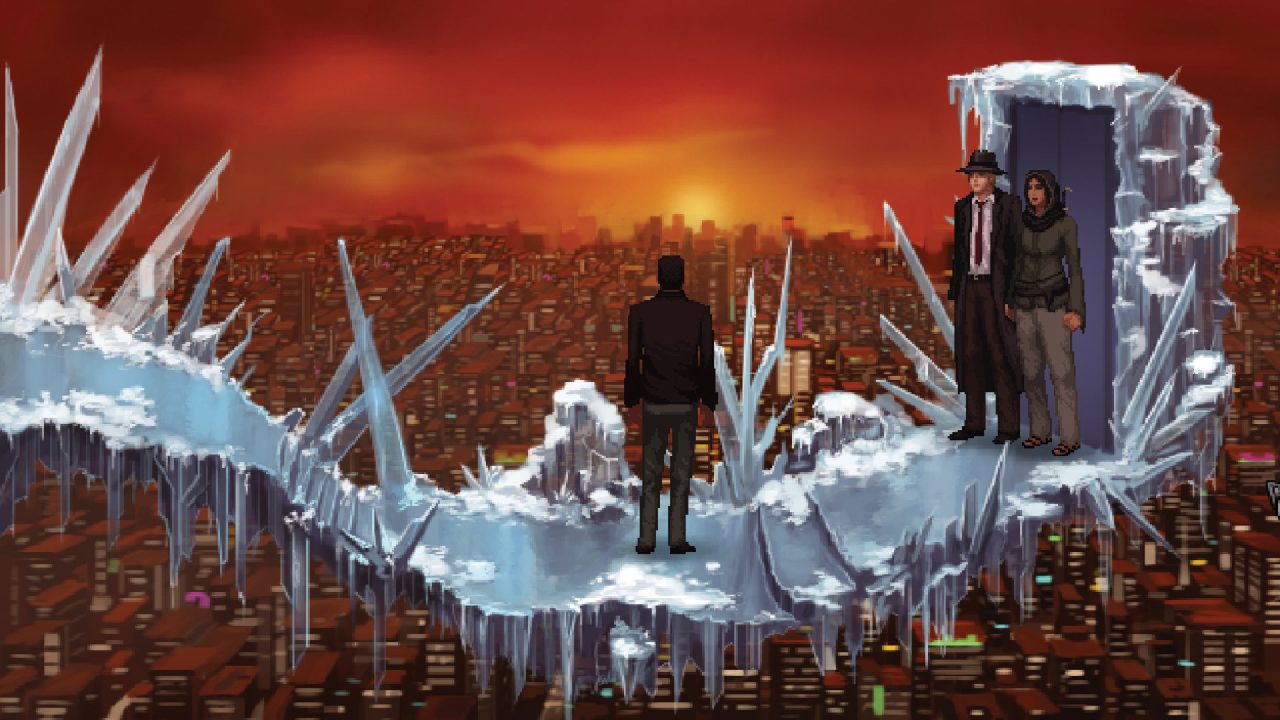
Dave Grossman, who started with LucasArts in their heyday and has since been a lead designer at Telltale Games, is the second major figure lending an interview to this version of The Art of Point and Click Adventure Games. He brings us full circle because, after working on episodic versions of Sam and Max and Monkey Island for Telltale, he’s recently joined Ron Gilbert in developing Return to Monkey Island, set to release this year. His interview was a unique opportunity to compare his time at LucasArts and his time at Telltale, as well as describing the challenge of adapting the classic characters and stories to fit into Telltale’s narrative choice system–which many consider a successor to the point-and-click. This excerpt highlights those comparisons:
So how did you feel about doing a pirate themed comedy-adventure together? Did you research piracy … the ocean-going kind, obviously? A little bit, but we didn’t research real pirating. What we did was watch old pirate movies, Errol Flynn, that sort of thing. There were some good screening rooms at the ranch, really cosy, so it was nice to make an excuse to be in there. Sometimes we would watch two or three of these movies back to back, and we started to notice a lot of the sea battle footage was the same!
How did you feel about returning to the franchise for a third time with what became Telltale’s episodic Tales of Monkey Island series? To be honest with you, I didn’t want to do it at all. For one thing, I didn’t know it was in discussion until Dan came through one day and said, “Guess what? We’re going to do a Monkey Island game,” and I was like, “What?! We’re going to do what?!” My general feeling was that it was fraught with a similar sort of peril to that of Monkey Island 2, but with many more factors. I felt like the expectations were going to be high and the criticisms were going to be vicious and I didn’t have Tim or Ron. I felt we had to do something the same, but better, and I didn’t know how to accomplish that.
The other thing was I wasn’t allowed to talk to Ron about it because, I guess, the deal wasn’t 100% in place and it all had to be kept very secret. Eventually they did let me call him but I later learned that he had also been trying to get something together on it. We did get him to come in and consult on it but he had another project going on and it all felt really strange … it was honestly the first time I thought about leaving Telltale. All of that said, I think we made something pretty cool. It was more like a TV series than a movie, unlike the other ones. Also, we were all older and had kids by then. It’s interesting to see the difference between the game that people in their forties made in 2009 as compared with what people in their twenties made in 1990.
How did your time at LucasArts compare to your time at Telltale Games? Did you feel they were both equally enjoyable and creatively satisfying ? In the earliest days of my career at LucasArts, I think that was more sun and roses because it was all new to me. It was super-stimulating and creatively satisfying in that way. I got to do all this stuff, it’s so great. At Telltale, there was some of that, but I was moving into a different role that included more company- and team-building, but I put together this great design department and I was really proud of that.
Maybe it’s my affiliation with RPGFan Chapters, but I would have loved to ask him about his work as an author writing adaptations for Pajama Sam and Freddi Fish. This is why the team at Bitmap are the experts and not me: they’ve carefully crafted the interviews to gain some insight into these games as a cultural phenomenon and as individual works, and each successive edition compounds this effect. The third edition of The Art of Point and Click Adventure Games is set to release on July 1st, 2022, so be sure to follow closely and order your copy if the artwork and excerpts here piqued your interest. We’ll also be offering a more comprehensive review of the book closer to that time.
The excerpts and screenshots used in this article were provided to RPGFan by Bitmap Books, and have been published with permission. Please do not re-publish this article or excerpts elsewhere without permission.

